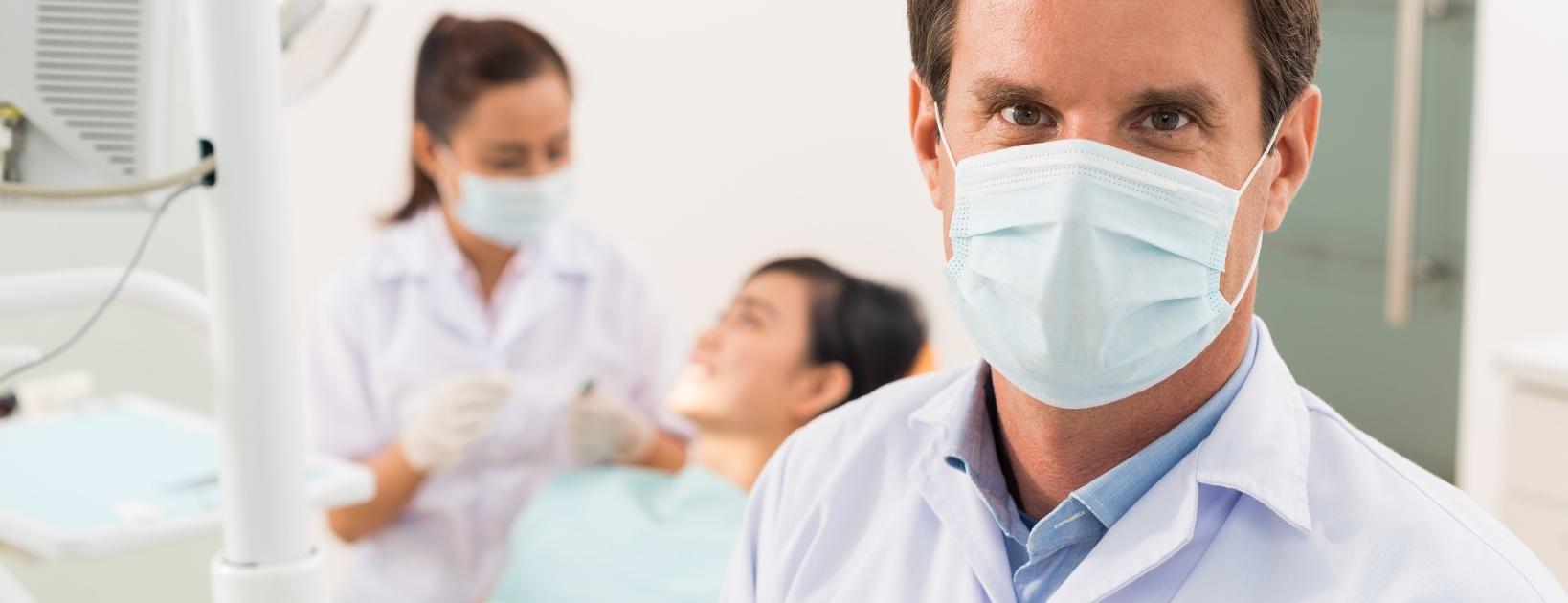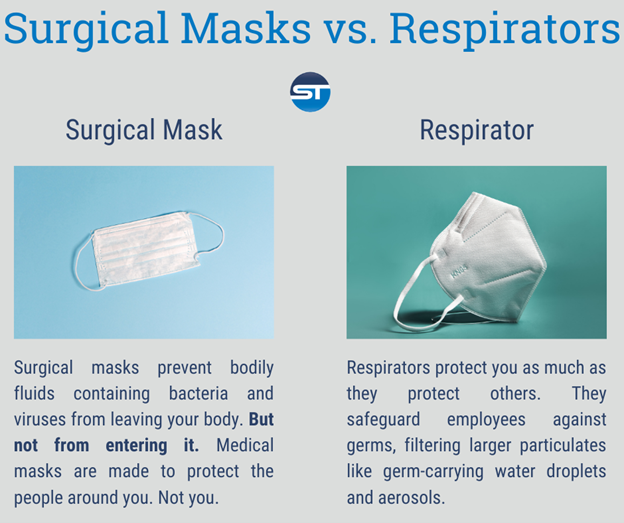Blog Center
Explore the latest stories and insights!

Respiratory Protection Program
Date: 2022/02/22
Dental | 4.3 MIN READ
Before COVID-19, dental employers didn’t have to worry about Respiratory Protection Programs. Now they do.
The Occupational Safety and Health Administration (OSHA) issued guidance for dental PPE during COVID-19. This guidance includes wearing respirators during specific procedures.
Similarly, the Center for Disease Control and Prevention (CDC) recommends that any dental employee working within 6 feet of an aerosol-generating procedure (AGP) wear a respirator. Some State dental boards, Texas, for example, mandate this as well.
Respiratory Protection Programs
No one likes to deal with paperwork—especially OSHA Written Programs. But they are legally required. Completing them is a necessary evil.
You need a Respiratory Protection Program if any of your employees wear a respirator. Even if only 1 in 500 employees wears one. Even if the employee is voluntarily wearing one. If not, OSHA fines can be hefty.
What is a Respiratory Protection Program?
This OSHA Written Program is new to dentists. But it is not new for other industries, like construction. In fact, respiratory protection was the fourth most cited OSHA violation in 2018.
According to OSHA law, a Respiratory Protection Program must include the following:
- Written worksite-specific procedures
- Program evaluation
- Program Administrator
- Selection of a respirator approved by the National Institute for Occupational Safety and Health (NIOSH)
- Employee training
- Fit testing
- Inspection, cleaning, maintenance, and storage of respirators
- Medical evaluations
- Work area surveillance
- Air quality standards
Surgical Masks vs. Respirators
A surgical mask is not a respirator. You only need a respiratory protection program if your employees wear respirators, not surgical masks. Check out our blog for more information about the difference between masks and respirators.

A surgical mask, as opposed to a respirator. The most common respirators utilized in dental practices are N95s and KN95s.
November 11th, 2020 update: Recently the CDC released a scientific brief that states cloth and surgical masks protect the wearer more than previously thought. Check out our blog for new updates on the effectiveness of masks protecting the wearer from COVID-19. However, surgical masks are still not a substitute for respirators. They provide less protection to the wearer than respirators.
What are Dentists Confused About?
Our Compliance Advisers in the field get asked many questions about the medical evaluation and the fit test. Both are legally required for your respiratory protection program to be complete.
Why Perform Medical Evaluations?
OSHA legally requires you to perform medical evaluations on each employee that has to wear a respirator. But why? Because some employees won’t be able to withstand the physiological stress that respirators cause. Respirators can cause:
- Headaches
- Negatively impacted nervous system
- Difficulty breathing
- Cardiovascular issues
- Reduced tolerance to lighter workloads
Workers may not be able to wear a respirator if they:
- Have impaired lung function (such as asthma or emphysema)
- Are elderly
- Suffer from claustrophobia
- Are obese
- Have allergies
- Smoke
Why Perform the fit test?
Fit tests are legally required because respirators may not fit certain employees. If a respirator doesn’t fit an employee’s face, the employee will breathe in hazardous substances. In this case: COVID-19 particles and aerosols. OSHA writes, “A respirator can’t protect you if it doesn’t fit your face.”
Note that fit tests are not the same as user seal checks.
OSHA Waived the Annual fit test
When you require an employee to wear a respirator, OSHA requires you to perform fit tests on them annually. However, OSHA temporarily waived this requirement. OSHA writes in this memo, “OSHA field offices shall exercise enforcement discretion concerning the annual fit testing requirement, as long as employers perform initial fit tests.”
There are other requirements in this memo. However, this is the one that our Compliance Advisers see the most confusion about in dental practices. To clear the confusion: dental employers are still legally required to conduct an initial fit test for all employees mandated to wear a respirator. In addition, employers are required to train employees in how to use respirators.
Optional vs. Mandatory
Does it matter if respirators are optional or mandatory for employees? In terms of the respiratory protection program, it doesn’t matter if respirators are optional or mandatory. You need a respiratory protection program in either case.
But as for the fit test, it is only required for employees mandated to wear a respirator. If your employees choose to wear one, you don’t need to conduct a fit test.
Smart Training Respiratory Protection Recommendations
Our Compliance Advisers recommend purchasing a Fit Test Kit from a supply company for cost reasons. There are medical facilities that offer the fit test as well.
If you’re struggling to write and implement your Respiratory Protection Program, Smart Training created a Program specifically for dental practices. Smart Training’s Platinum+ Dental Solution, Dental Essentials , and Complete Medical Compliance feature this OSHA Written Program. The initial set up time for your respiratory protection program is about 15-20 minutes. These packages also feature respiratory training modules for both employees and administrators.
Request a demonstration if you have none of the above plans and still want respiratory protection.
Put your compliance on autopilot with Smart Training.
Subscribe to Our Blog
You may also like